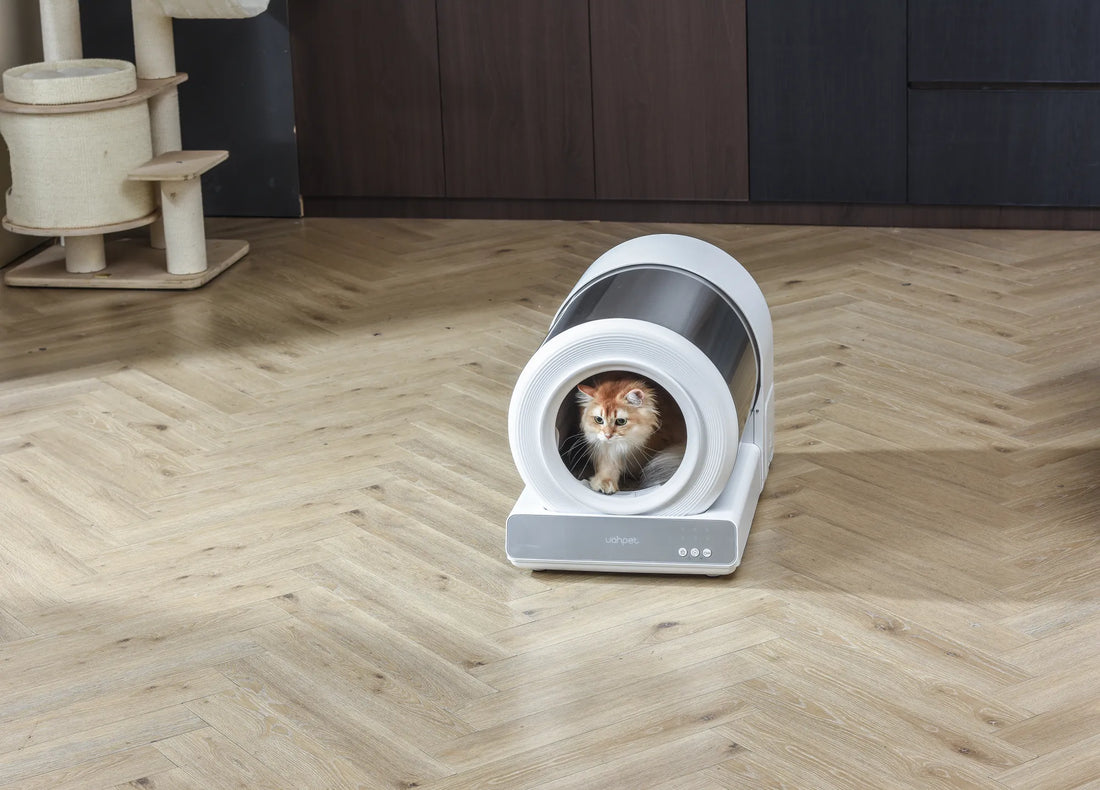If your cat stopped using the litter box after going outside, you’re not alone. This common issue can be frustrating for pet owners, but understanding the underlying causes and implementing the right solutions can help restore harmony in your home. Cats are creatures of habit, and any change in their routine or environment can lead to unexpected behaviors. In this article, we’ll explore the reasons behind this behavior and provide actionable tips to encourage your cat to use the litter box again.
Why Did My Cat Stop Using the Litter Box After Going Outside?
There are several reasons why your cat might stop using the litter box after spending time outdoors. One of the most common causes is the preference for natural surfaces. Cats are instinctively drawn to soil, grass, or sand, which they may find more appealing than the litter box. Additionally, outdoor experiences can introduce new scents, textures, and stimuli that make the litter box seem less attractive.
Another factor could be stress or anxiety. The transition between indoor and outdoor environments can be overwhelming for some cats, leading to behavioral changes. If your cat feels threatened or uncomfortable outside, they may associate the litter box with negative experiences and avoid it altogether.
Medical Issues to Consider
Before addressing behavioral causes, it’s essential to rule out any underlying medical issues. Urinary tract infections, kidney problems, or other health conditions can make it painful or difficult for your cat to use the litter box. If your cat is exhibiting other symptoms, such as frequent urination, straining, or blood in the urine, consult your veterinarian immediately.
Even if your cat appears healthy, a thorough check-up can help identify any hidden issues. Addressing medical concerns is the first step in resolving litter box problems.
How to Encourage Your Cat to Use the Litter Box Again
Once you’ve ruled out medical issues, it’s time to focus on behavioral solutions. Here are some strategies to help your cat return to using the litter box:
1. Choose the Right Litter
Cats can be picky about the type of litter they use. If your cat has been outside, they may prefer a litter that mimics natural surfaces, such as sand or soil. Experiment with different textures and materials to find one that your cat likes. Unscented litter is often a better choice, as strong fragrances can deter some cats.
2. Keep the Litter Box Clean
Cats are clean animals and may avoid a dirty litter box. Scoop the box daily and change the litter regularly to maintain a fresh environment. If you have multiple cats, provide one litter box per cat plus an extra one to prevent overcrowding.
3. Create a Safe and Comfortable Space
Place the litter box in a quiet, accessible location where your cat feels safe. Avoid high-traffic areas or places with loud noises that could startle your cat. If your cat has been outside, they may appreciate a litter box placed near a window or in a secluded spot.
4. Gradually Limit Outdoor Access
If your cat’s outdoor adventures are causing litter box issues, consider gradually reducing their time outside. Provide plenty of indoor enrichment, such as toys, scratching posts, and climbing structures, to keep them entertained. Over time, your cat may become less reliant on outdoor experiences and more comfortable using the litter box.
5. Use Positive Reinforcement
Reward your cat with treats, praise, or affection when they use the litter box correctly. Positive reinforcement can help create a positive association with the litter box and encourage consistent behavior.
When to Seek Professional Help
If your cat continues to avoid the litter box despite your best efforts, it may be time to consult a professional. A veterinarian or animal behaviorist can provide personalized advice and identify any underlying issues that may be contributing to the problem. In some cases, medication or specialized training may be necessary to address anxiety or other behavioral challenges.
Remember, patience is key when dealing with litter box issues. Cats respond best to consistent routines and gentle encouragement. With time and effort, you can help your cat return to using the litter box and enjoy a stress-free home environment.
Understanding why your cat stopped using the litter box after going outside is the first step toward finding a solution. By addressing medical concerns, creating a comfortable environment, and using positive reinforcement, you can help your cat feel secure and confident in their indoor space. Don’t hesitate to seek professional guidance if needed, and remember that every cat is unique. With the right approach, you can restore your cat’s litter box habits and strengthen your bond with your furry friend.

![[🎃Halloween Sale]UAHPET Stainless Steel Self-Cleaning Cat Litter Box](http://www.uahpet.com/cdn/shop/files/1-cat-litter-box.jpg?v=1759128420&width=1600)












